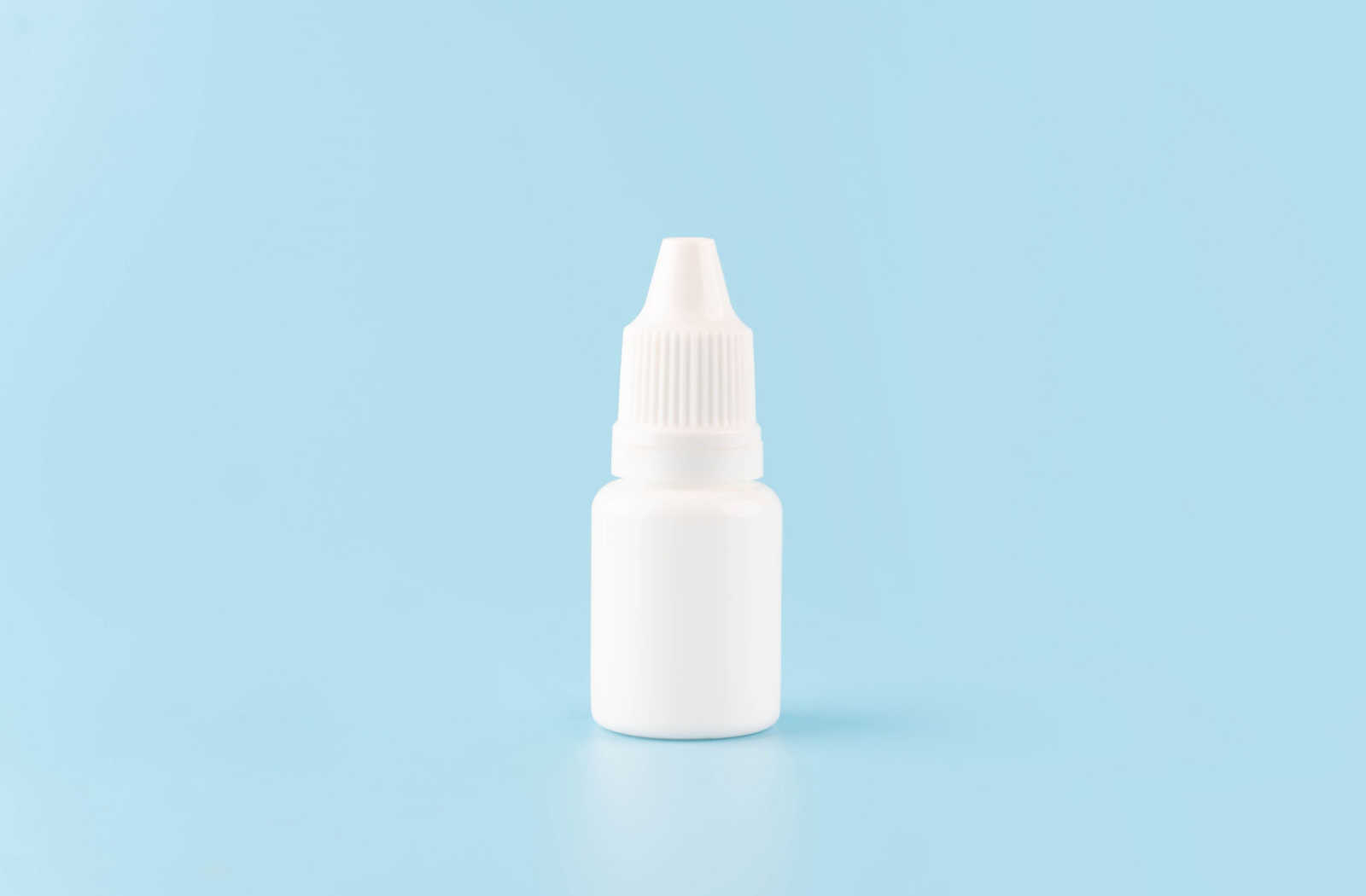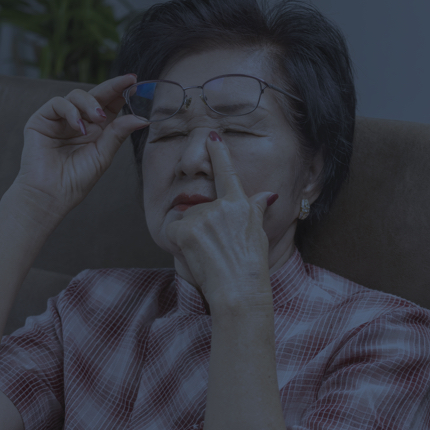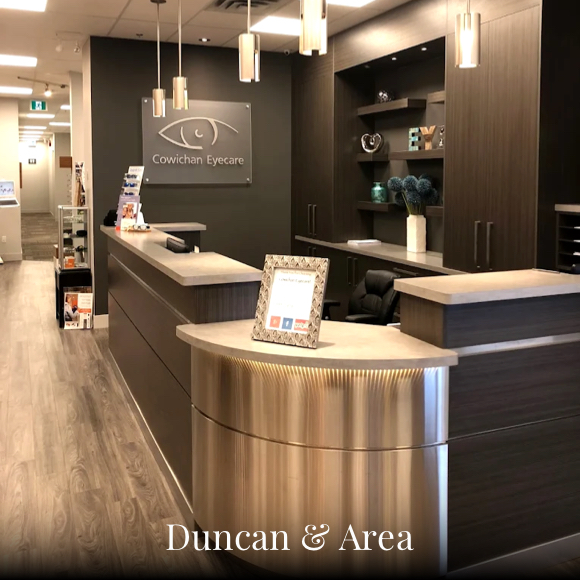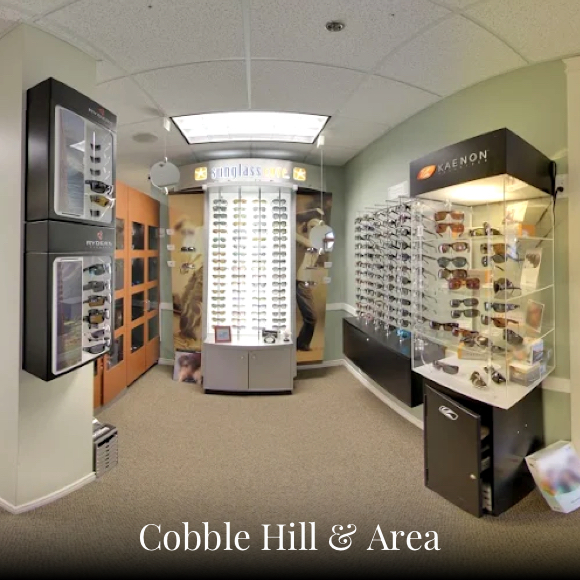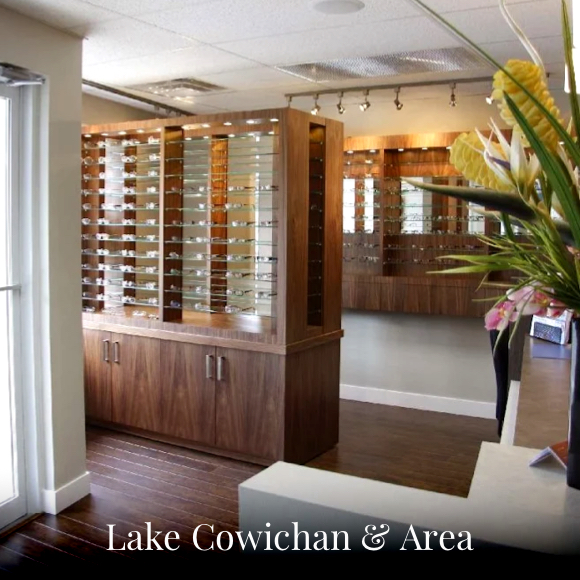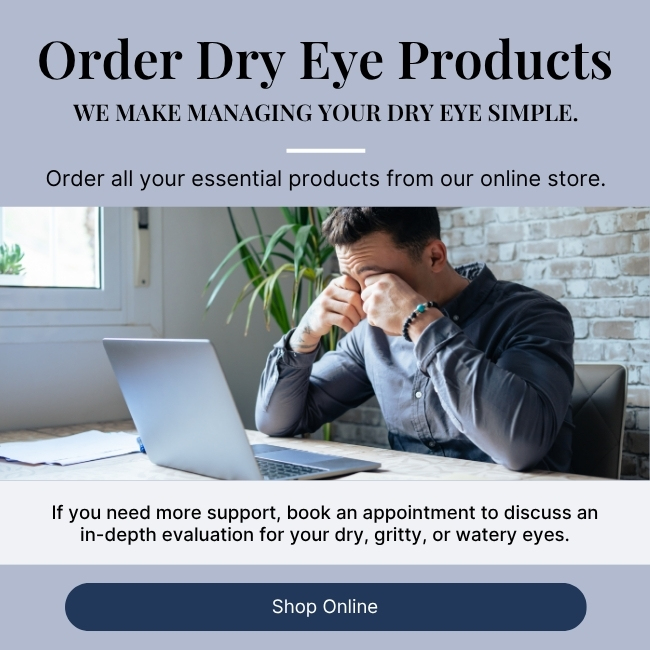Prescription vs. OTC Eye Drops
Eye drops can be a convenient treatment tool for various eye problems, from dry eye to myopia control. Patients can also try many over-the-counter options to relieve allergies or eye irritation symptoms temporarily. But are over-the-counter eye drops safe? Are prescription eye drops more effective than common brands like Visine?
Unsurprisingly, it isn’t a simple yes or no answer, but you may be surprised to discover why.
What Are OTC Eye Drops?
Over-the-counter (OTC) or nonprescription eye drops are available for purchase without a prescription, like buying OTC cold medication for a cough. Typically, OTC eye drops are found around the pharmacy section of a store.
The active ingredients in OTC eye drops vary depending on what the OTC product is treating. Generally, an OTC product is less powerful or less targeted than a prescription option. However, an OTC treatment can be effective. Your optometrist may recommend an OTC option before a prescription option, depending on the eye condition.
OTC medication is regulated to ensure quality, effectiveness, and safety. Patients must read the manufacturer’s instructions and consult a health provider about symptoms. In most cases, short-term use of OTC eye drops is safe.
Before using any eye medication, OTC or prescription, it’s critical to understand how to use it. Then, using eye drops as directed—by the manufacturer or your optometrist—can help limit potential risks.
Never use more than recommended or for longer than recommended. Incorrect dosage can hurt your eyes. Additionally, only use eye drops for the intended symptoms or treatment. For example, you would use antihistamine eye drops for allergy symptoms, not an eye infection.
Visine Eye Drops
Visine is a well-known OTC brand. Although Visine is probably best known for red eye relief, the manufacturer offers a range of products intended for:
- Eye allergies
- Dry eye
- Red or irritated eyes
- Tired eyes
- Watery eyes
When used as directed, Visine eye drops are safe for your eyes. Reading the manufacturer’s direction is vital, but don’t skip consulting your optometrist.
For example, you may buy Visine eye drops to reduce the appearance of red eyes. But redness can be a symptom of multiple eye conditions. Your irritated eyes might be the benign symptom of a single night of poor sleep or the first noticeable indication of eye disease. On the other hand, your eye redness may also be the result of the overuse of Visine, which can actually cause your eyes to become more red and irritated.
Preservatives in Eye Drops
Many OTC eye drops (including Visine) contain a preservative ingredient called benzalkonium chloride (BAK). However, when used consistently, the preservative can be counterproductive for treating symptoms. For example, your OTC artificial tears for dry eye may worsen dry eye symptoms.
There are pros and cons to using preservatives, but potential side effects of preservative eye drops include:
- Damaging tear production
- Deteriorating vision
- Causing a foreign body sensation
- Roughening the cornea (surface of the eye)
OTC preservative-free eye drops are available, and some patients can benefit from making the switch. But talking to your eye doctor about your experience can help. It’s essential to determine if your symptoms result from the product brand, preservatives, or an eye condition. Your optometrist may prescribe a preservative-free option or recommend an alternative OTC brand.
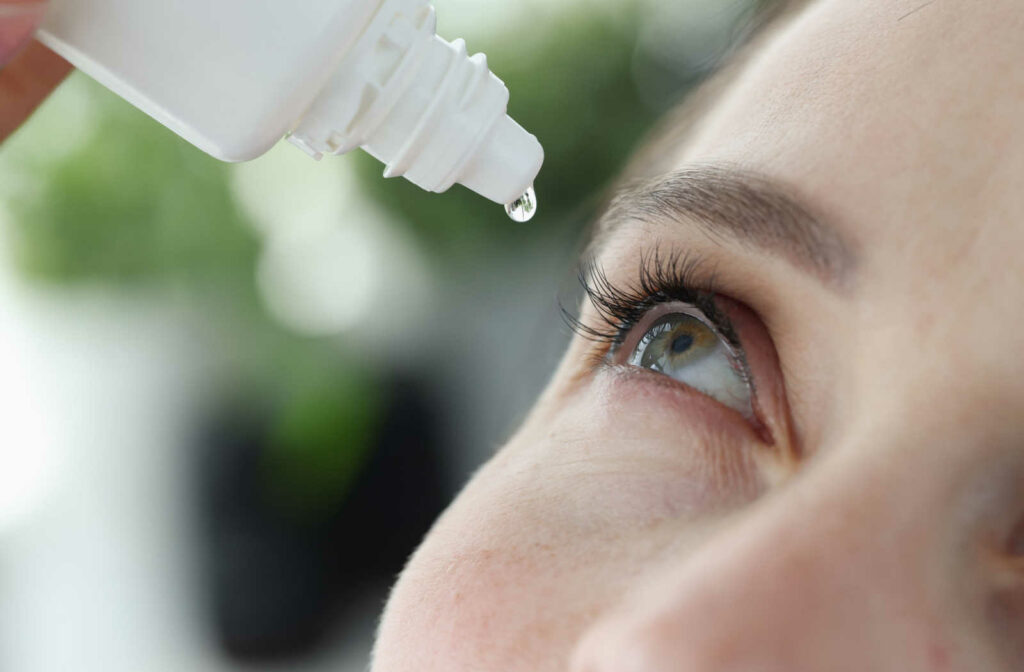
Prescription Eye Drops
OTC eye drops can offer short-term relief for symptoms, but they don’t treat the condition. For example, redness-relieving eye drops use decongestants to shrink blood vessels, improving appearance. But when the decongestant wears off, patients can experience rebound redness that can worsen over time.
Using OTC eye drops can also lead to tachyphylaxis. Frequent or long-term exposure to a medication can decrease its effectiveness, even when increasing the dosage or how much you use.
For example, you might apply Visine eye drops in the morning to remove redness. Later in the day, your eyes are still irritated, so you try again, but apply more drops this time. Instead of experiencing relief, your eyes are more irritated, red, or swollen. Patients can develop a more severe or chronic form of the problem they were trying to treat.
When you visit your optometrist, they look for the cause of eye redness. Then, they prescribe appropriate medication or treatment. For example, eye redness can be caused by fatigue, infection, or irritation. Patients may benefit from antibiotic eye drops for bacterial conjunctivitis (pink eye) or eye care tips for digital eye strain.
Your optometrist may also recommend an OTC brand that offers a lower risk of tachyphylaxis. For example, Lumify eye drops are selective, whereas most redness-relieving eye drops are general. Imagine trying to colour inside a circle with paint. You could use a fine-tipped brush or a paint roller. Both will get the job done, but the fine-tipped brush is more precise, and there’s less risk of colouring outside the lines.
Generally, OTC eye drops are safe for short-term use, but prescription eye drops can be a safer long-term choice. When you use an OTC brand, you may feel better after short-term use or try a handful of brands without improvement.
Every patient has unique eyes with unique care needs. Over-the-counter brands are mass-produced to help a general population of customers. Prescriptions are tailored to your eye health and symptoms. The medication can be more potent and, therefore, more effective, but access to customized treatment is the most significant benefit.
Your optometrist is committed to your care. They can monitor for adverse side effects—including rebound redness—and problem-solve if your first choice treatment is ineffective. Whether your eye problem is temporary or chronic, mild or severe, they can help you find a safe and effective solution.
Consult Your Optometrist
In most cases, few over-the-counter eye drops, including Visine, are bad for your eyes. But it’s always better to consult an eye care professional to receive medication or treatment appropriate for your symptoms and eye health.
Prescription eye drops can be more effective when used as directed. Talk to your optometrist for eye drops that treat the symptoms and the cause. Request an appointment at Cowichan Eyecare today!

